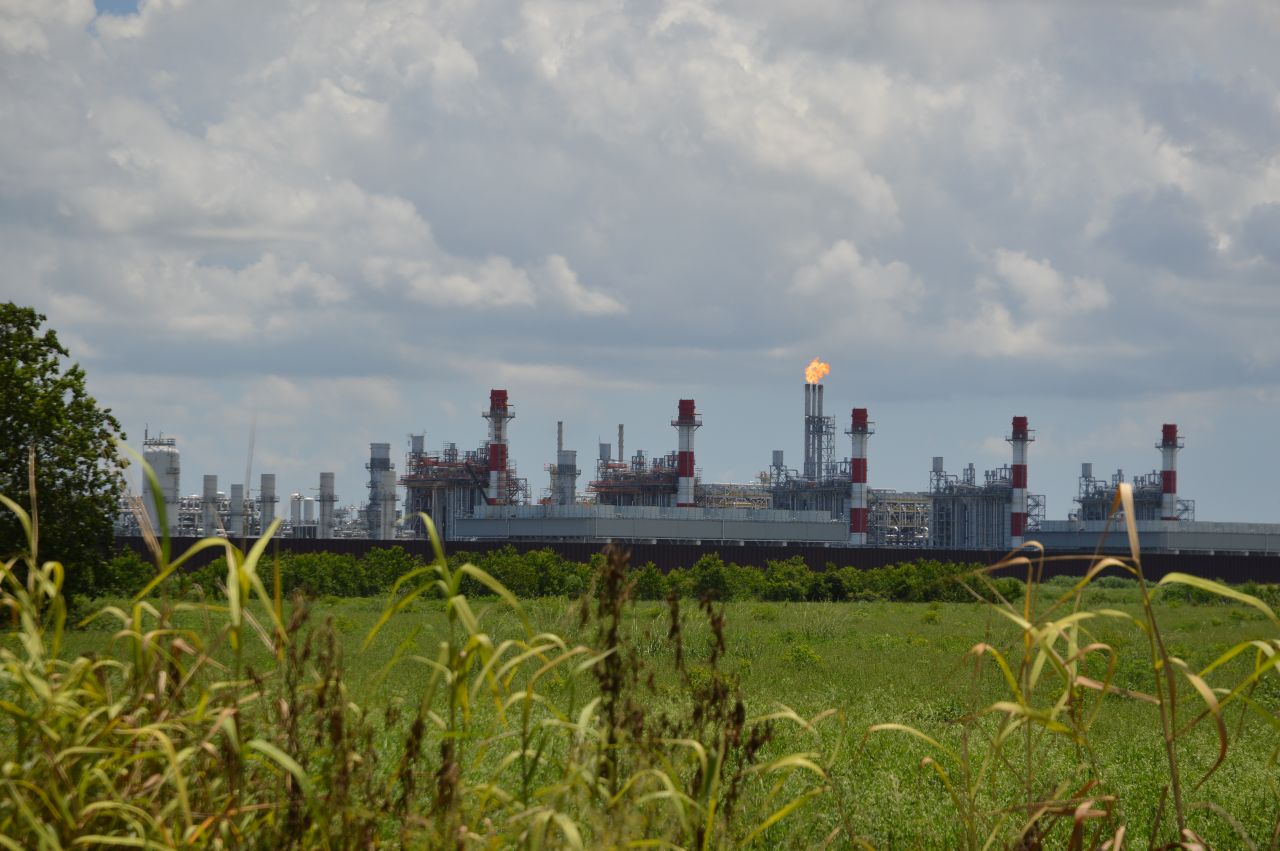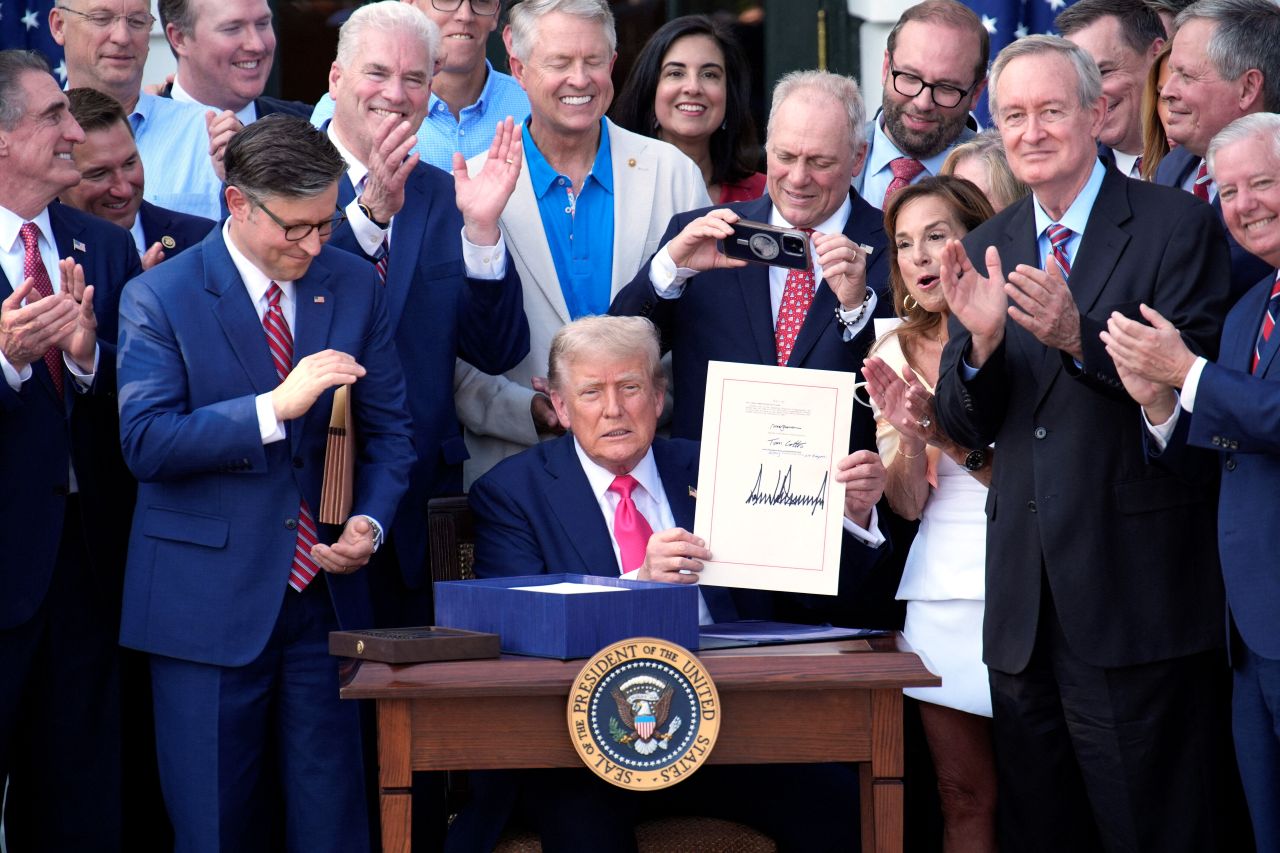Temperatures rise over whether EPA should allow Louisiana to permit carbon waste burial projects

Sometime this summer, EPA is expected to rule on a petition by Louisiana for state authority to issue permits for carbon dioxide waste disposal wells that would allow petrochemical companies to capture the climate-warming pollutant from their smokestacks and bury it underground.
Encouraged by billions of dollars in public subsidies offered by the Biden Administration, oil and gas companies and other industries are proposing at least 27 carbon capture and sequestration projects in Louisiana, including beneath the Gulf of Mexico.
Some of these projects have sparked intense opposition from fishermen, environmentalists, and others, including local residents around Lake Maurepas, north of New Orleans. They worry that piping liquefied carbon dioxide from chemical plants and injecting it into the ground could lead to leaks and spills that could kill wildlife and threaten residents. Some critics also argue burying the waste would not work as a strategy for containing greenhouse gases.
But industry groups and the administration of Democratic Gov. John Bel Edwards argue that allowing state – instead of EPA – control over the permitting process would allow faster approvals of disposal wells that would help petrochemical industries grow with federal subsidies while simultaneously taking action on climate change. The Edwards administration applied for state permitting authority over what are called “Class 6” Underground Injection Control wells under the federal Drinking Water Act.
During a hearing on the permitting issue on July 6, Scott Eustis, community science director for Healthy Gulf, questioned whether buried liquid carbon dioxide would really remain underground. He noted that Louisiana’s coastal areas are already perforated by thousands of oil and gas wells, many of which the state can’t even find.
“Louisiana has no capacity to enforce anything” because state agencies have suffered cutbacks and have limited staffing, Eustis said in an interview with Oil & Gas Watch News. “If you look at our history, our government has already been drowned in the bathtub. If you look at the bureaucracy we have versus the number of wells out there, and the number of wells that are already out of compliance, Louisiana is a particularly bad place to do this kind of waste injection.”
On the other side of the debate, advocates for local control argue the Louisiana Department of Natural Resources, not the EPA, should be in charge of issuing and enforcing permits for carbon waste disposal wells because the state agency has better knowledge of local geology and will be just as protective of the environment without any bureaucratic “red tape” of working through the EPA.
“Both the EPA and the environmental folks and industry are all looking at Louisiana as the test case,” said Patrick Courreges, Director of Communications for the Louisiana Department of Natural Resources (LDNR). “Our per capita emissions of carbon make us a really good target because we do have a lot of carbon per capita that needs to be dealt with. Our geology is pretty good for injection, in general. ... And we have a lot of technical expertise dealing with (waste) injections, and a lot of institutional memory about pipelines.”
He noted that the Edwards Administration views carbon capture and sequestration as an important strategy for meeting the governor’s public goal of having Louisiana achieve “net zero” carbon emissions by the year 2050.

There are currently only three employees at LDNR overseeing 27 proposed carbon capture projects in the state. But LDNR plans to hire seven more, Courreges said, so there will eventually be 10 total. EPA Region 6, based in Dallas and including Louisiana, has more people available to issue permits and conduct inspections, he allowed. But these staff are spread out over several states, he said.
The Biden Administration’s EPA has said it generally supports Louisiana’s application for permitting authority over carbon sequestration projects, although it has not yet made a formal decision on whether to grant that authority.
“The Biden-Harris Administration is committed to taking bold action to make communities more resilient to these impacts and reduce emissions of carbon dioxide and other greenhouse gas emissions that drive climate change,” EPA Administrator Michael Regan said in a letter. “To avert the worst impacts, the United States will need to develop and deploy clean energy technologies at an unprecedented pace and scale, including technologies to capture and remove carbon from the atmosphere and store it beneath the earth’s surface.”
Jane Patton, a New Orleans based manager for the Center for International Environmental Law, said it would be a terrible idea to allow Louisiana to have primary control over permitting for carbon capture projects. This is because the state’s regulatory agencies have a notorious history of being rubber stamps for industry, because of the political power of the oil and gas industry over state government, Patton said.
“What we hear repeatedly is they want less ‘red tape,’ less ‘bureaucracy’ of the federal government,” Patton said. “But I think what it boils down to is that the oil and gas industry has incredibly close and permissive relationships with Louisiana regulators. And they want to take advantage of those close and permissive relationships to be able to get permits faster, with fewer questions and with fewer regulatory hurdles. And that raises serious red flags for the community.”
She added that Governor Edwards’s climate program, which leans so heavily on carbon sequestration instead of pollution reduction, is a false solution to the crisis of climate change, because it pumps government money into expanding polluting industries.
“Governor Edwards’s position on the climate is not progressive,” said Patten. “When we are talking about using public money for perpetuating the oil and gas industry that is causing the climate crisis, that is not a progressive position.”

The issue of oversight and verification of carbon sequestration wells – and who is performing this duty – is a critical one.
A U.S. Department of Treasury audit in June 2020 of a federal tax credit program called “45 Q” that provides subsidies for carbon capture found that about half of the companies that received $894 million from 2010 through 2019 had to return their government funding because they did not follow EPA rules for monitoring and verifying that carbon remained underground.
That air pollution control program – which provides funding for oil and gas companies that capture carbon dioxide – is different than the Clean Drinking Water Act program designed to prevent leaks from underground waste injection wells through a permitting, review and inspection process.
Some critics of allowing Louisiana to have primary control over that permitting process for carbon waste disposal wells could, more broadly, open the door for the state’s green-lighting of questionable waste disposal practices.
Blake Baudier, spokesperson for the Climate Reality Project, said during the July 6 hearing that EPA should be in charge of oversight, because it has more personnel and technical expertise than the Louisiana Department of Natural Resources.
“If granted primacy, the state regulatory agencies, which are already overburdened by monitoring industry, would not be able to perform necessary oversight in this complicated and dangerous process,” said Baudier.
Russel Honoré, a former U.S. Army General and now environmental advocate leading a group called the Green Army, said he worries that the lax state oversight could trigger a gold rush of carbon waste dumping projects in Louisiana.
“It leaves room for speculators on Wall Street in trading carbon to say they're sending it all to Louisiana,” Honoré said. “This will open us up to other states sending carbon here through pipelines to be stored, and that comes at a risk to us. ... Pumping it into the ground could put our aquifers and the local water systems at risk, because we're dealing with an unknown technology.”

Industries in Louisiana – which historically have refused to even acknowledge the existence of climate change – are suddenly enthusiastic about the state fast-tracking permitting for a “climate solution” that enables them to get billions of dollars in public subsidies.
During the public hearing on July 6, the Louisiana Association of Business and Industry said it would be much better for the state, not the EPA, to be in charge of overseeing carbon sequestration projects and government funding approvals.
“Primacy for Louisiana (in permitting decisions) would enable a streamlined permitting process that could attract billions of dollars in future clean energy investments to our state,” the association said in its written testimony. “Through primacy, Louisiana can unlock a new era of technology and innovation, while safeguarding our industrial, manufacturing and energy facilities, creating employment opportunities, and boosting tax revenue across Louisiana.”
Jane Patton said she sees some irony in this change of tone on climate action by the oil and gas companies.
“They are just using carbon capture as a greenwashing smoke screen,” she said. “We are talking about throwing public money at these companies to capture their own waste and inject it underground into geology that is not guaranteed to hold this stuff for any period of time, let alone forever.”
Lead photo: A protest sign raised on Lake Maurepas, north of New Orleans, by local residents who oppose a carbon capture and sequestration project that would bury liquid carbon dioxide under the lake from a proposed hydrogen manufacturing facility owned by Air Products, Inc. Photo by Julie Dermansky.















